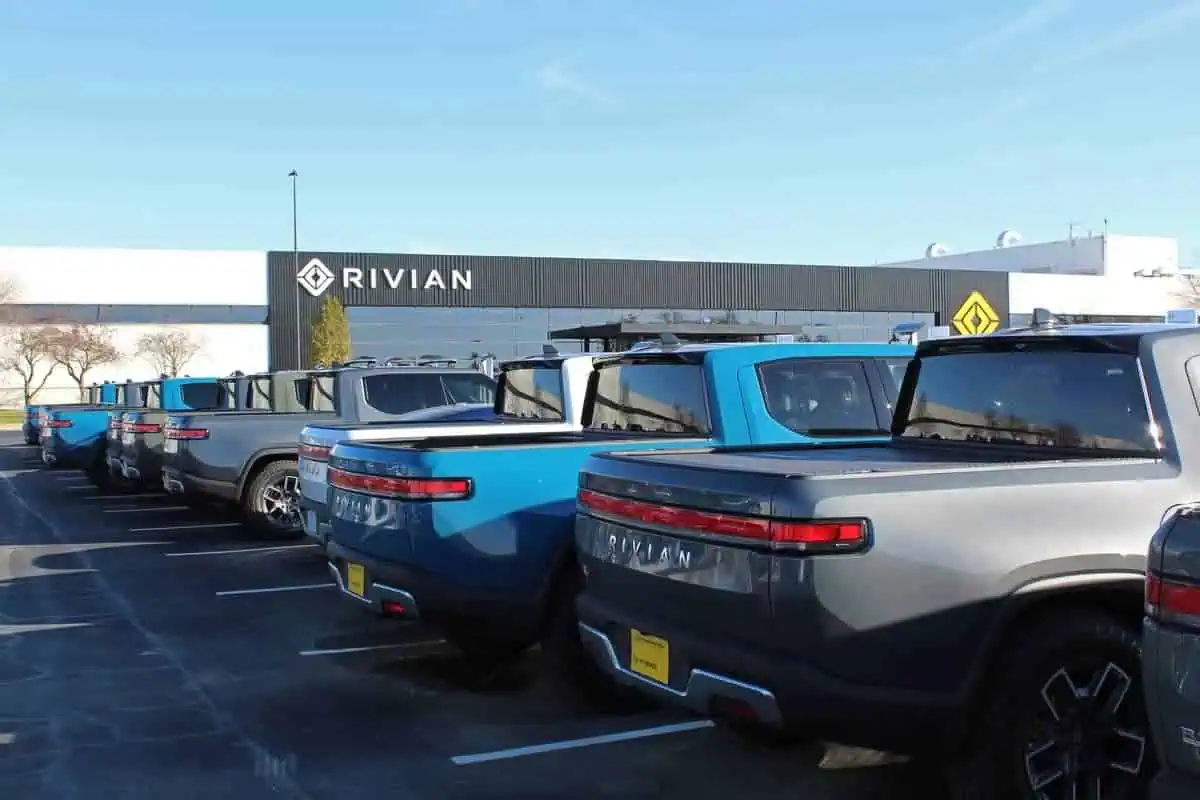American electric automaker Tesla has long been recognized as the industry disruptor that led the transition to more sustainable mobility.
Impressively, the Musk-led company did not stop pushing its boundaries in achieving technological advancement. It has also entered other significant areas relevant to its EV business, including power battery production and charging infrastructure development.
Tesla’s entry into the EV charging industry has also been successful, with its Supercharger network being widely acknowledged as the most reliable charging infrastructure globally.
Tesla Supercharger network’s footprint
Tesla successfully delivered a significant achievement regarding its Supercharger network, erecting more than 5,000 charging stations globally. These stations collectively boast over 45,000 stalls (charging ports).
Even more, an auto news platform claims that Tesla may even surpass 50,000 stall installations by the end of September 2023.
“Globally, Tesla already has more than 5,000 fast charging stations, and considering over 45,000 individual stalls as of April 9 and in the next few months we should hear about another major milestone of 50,000 stalls – potentially in early Q3 2023.”
InsideEVs
Tesla strategically erects its Supercharger stations near the most accessible public spaces, such as restaurants, cafes, and wifi hotspots, enabling drivers to charge their EV batteries during rest stops.
In that sense, Tesla’s contribution to establishing a widely accessible and reliable charging network is indeed significant in encouraging more customers to have enough confidence to join the transition.
However, it must be noted that the world still requires more charging infrastructures to effectively eliminate customers’ range anxiety. Nonetheless, Tesla’s progressive success in deploying a substantial number of Supercharger stalls is undoubtedly a great start for the industry.
In fact, many automakers have already taken major steps to secure their access to Tesla’s Supercharger network, including Ford, GM, Rivian, Volvo, Polestar, and Mercedes. Starting in 2024, they will be able to use highly reliable chargers through an adapter. However, their next-gen EVs will have Tesla’s NACS port to support the charging process without needing an adapter.
See Also:
- Tesla Superchargers dominate charging experience satisfaction, a problem for future competitors
- Italy welcomes non-Tesla Supercharger pilot program
- Tesla expands its UK superchargers to non-Tesla EVs
- Tesla Supercharging celebrates 10 years
- Tesla launches non-Tesla Supercharger network in Iceland
The growing adoption of Tesla’s Supercharger network is unsurprising, given how it addresses most of the EV owners’ concerns regarding the current charging infrastructures from other providers.
In effect, more customers are gaining high confidence to actually support and join the global transition to electric vehicles.






